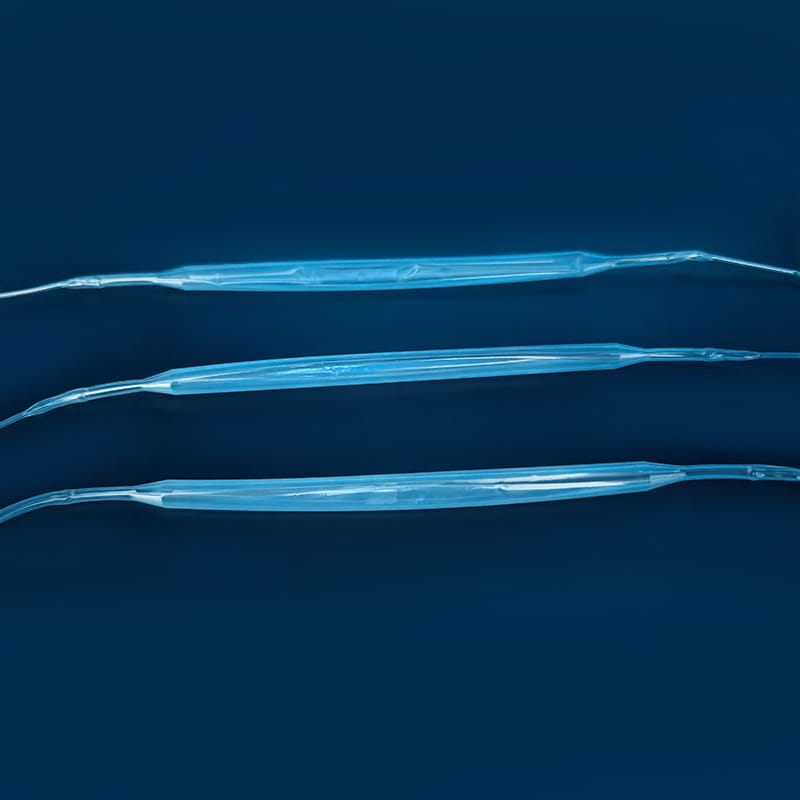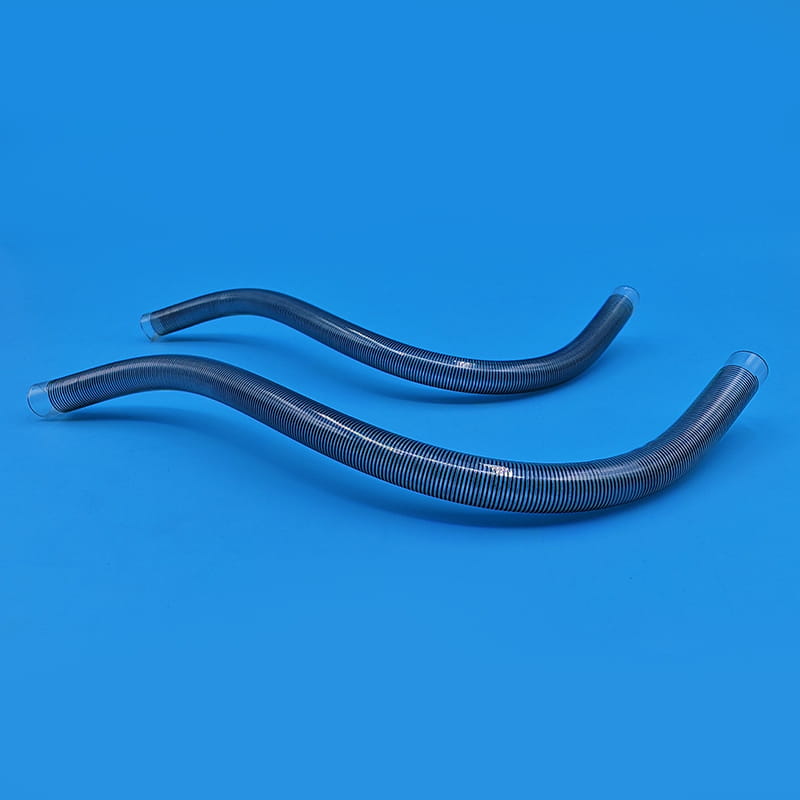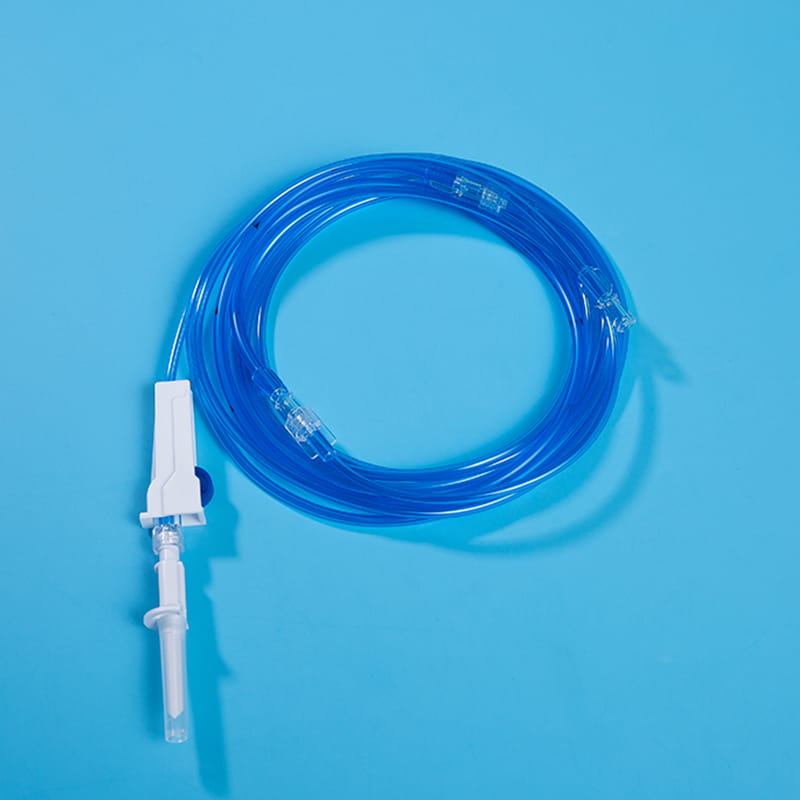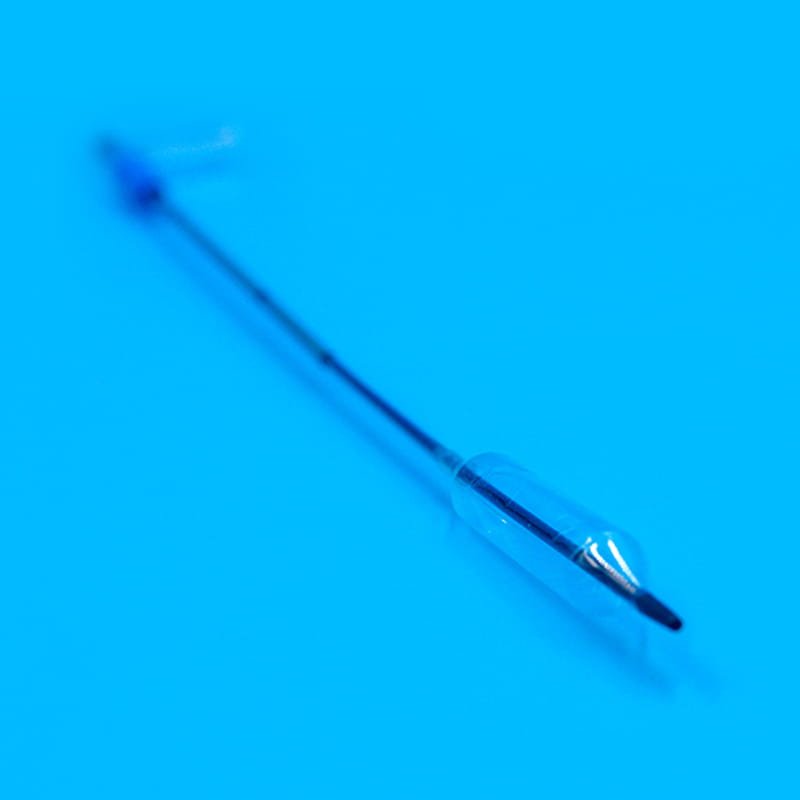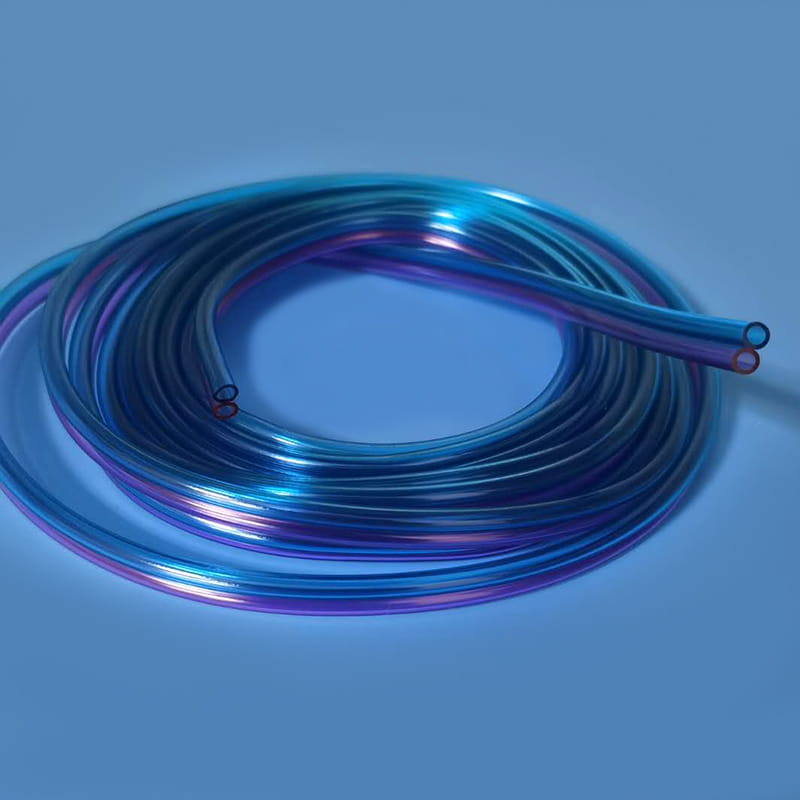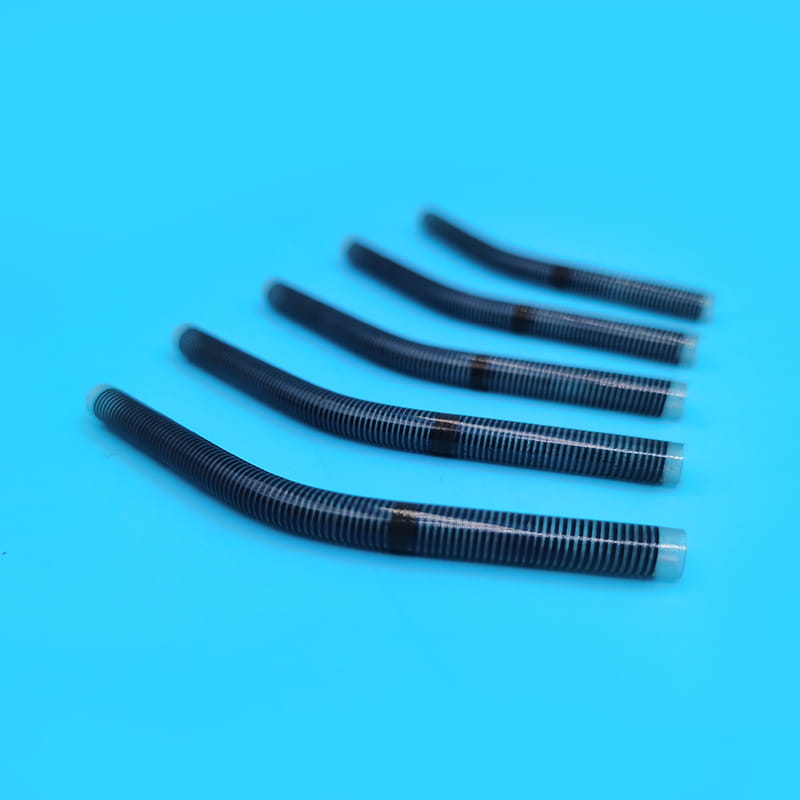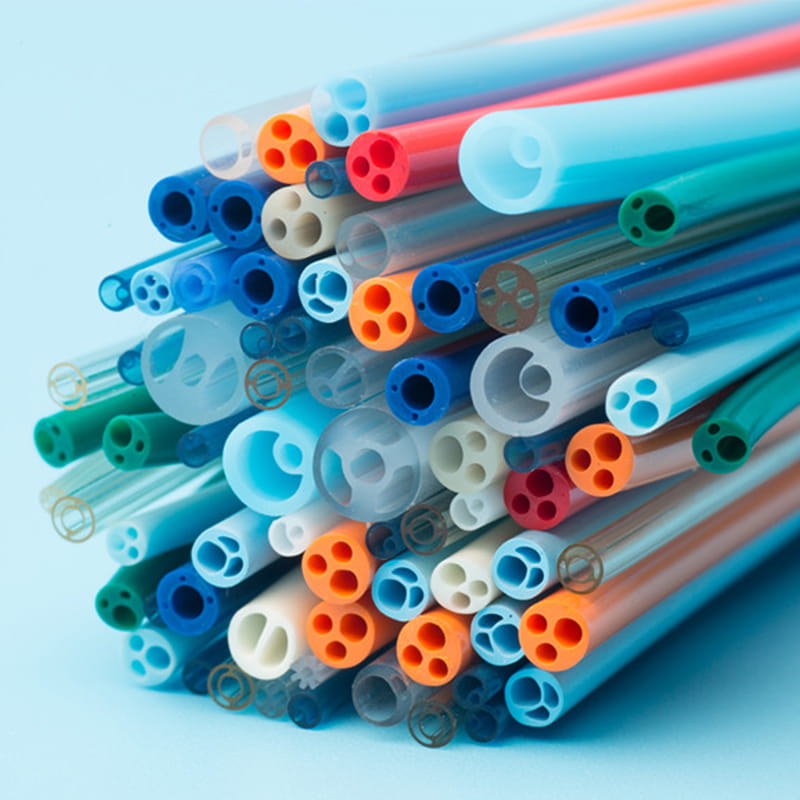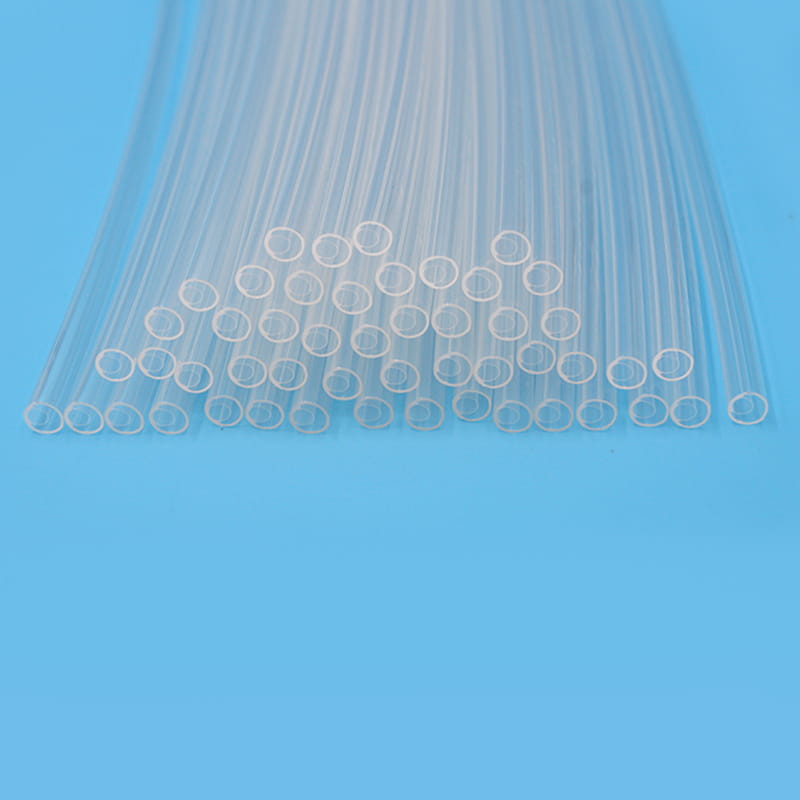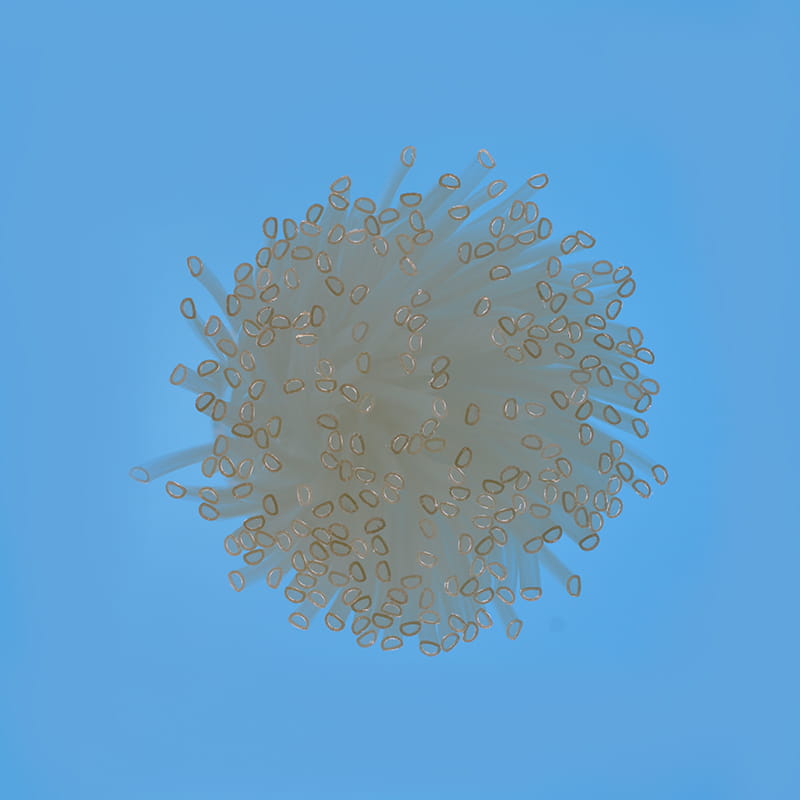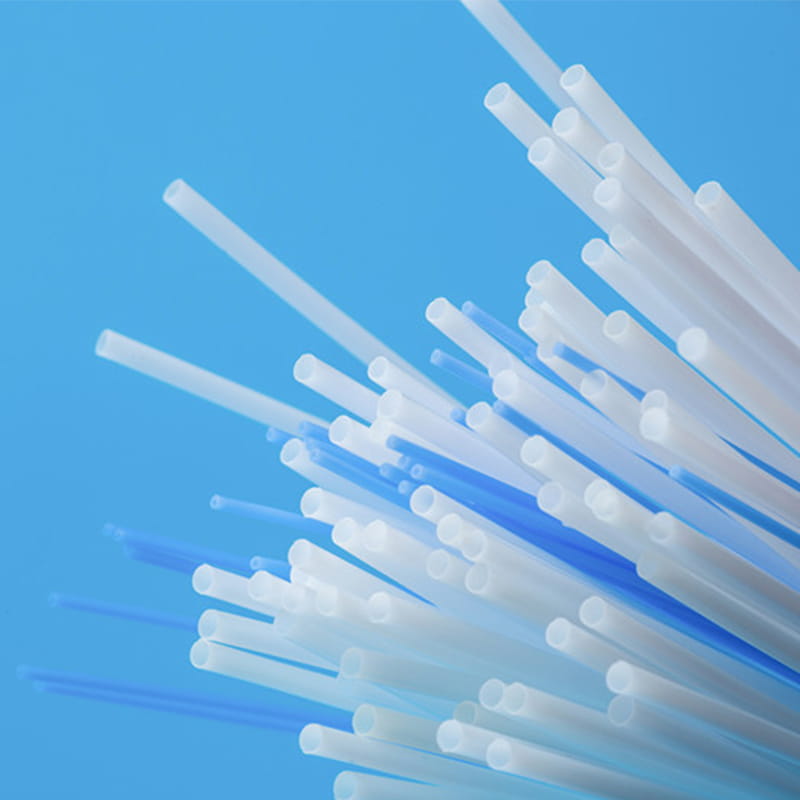How to Maintain and Sterilize Medical Flexible Tubes Properly?
Introduction
The medical flexible tube is a fundamental component in modern medical devices, designed to transfer fluids, gases, or nutrients with high precision and biocompatibility. Whether it is used in respiratory therapy, fluid management, or surgical instruments, its cleanliness and sterilization directly determine the safety and effectiveness of medical procedures. Proper maintenance and sterilization are not only essential for extending the service life of medical grade tubing but also crucial for preventing cross-contamination and ensuring patient safety.
Understanding the Composition of Medical Flexible Tubes
Medical flexible tubes are primarily made from materials such as PVC tubing, TPE tubing, silicone, or polyurethane. Each material offers unique advantages in flexibility, temperature resistance, and chemical compatibility. Understanding the material composition helps determine the proper sterilization and maintenance method.
| Material Type | Typical Applications | Temperature Resistance | Sterilization Compatibility | Remarks |
|---|---|---|---|---|
| PVC Tubing | Fluid delivery, drainage | Moderate | Compatible with EtO, radiation | Economical and durable |
| TPE Tubing | Catheters, IV sets | Good | Autoclave, EtO, gamma | Flexible and recyclable |
| Silicone Tubing | Peristaltic pumps, implants | Excellent | Steam, EtO, gamma | High biocompatibility |
| Polyurethane Tubing | Blood pressure lines | Moderate | EtO, gamma | Smooth inner surface reduces residue |
Proper sterilization begins with knowing the limits of these materials. For example, PVC tubing cannot withstand repeated high-temperature steam cycles, whereas silicone tubing tolerates them easily. Hence, the maintenance and sterilization protocol must align with the tube’s chemical and thermal properties.
The Importance of Maintenance in Medical Grade Tubing
Routine maintenance ensures that the internal and external surfaces of medical flexible tubes remain uncontaminated and free from residue. Since these tubes often carry biological fluids, improper maintenance may result in blockages, microbial growth, or degradation of mechanical properties.
Maintenance typically involves three key steps: inspection, cleaning, and storage.
Inspection – Visual examination for discoloration, cracks, or deformation before and after each use.
Cleaning – Removal of organic and inorganic residues using appropriate cleaning solutions.
Storage – Proper drying and sealed storage in contamination-free environments.
Below is a maintenance process guideline:
| Maintenance Step | Description | Recommended Practice |
|---|---|---|
| Pre-cleaning | Remove visible contaminants | Rinse with sterile distilled water |
| Deep Cleaning | Remove biofilm and residues | Use mild enzymatic or neutral detergents |
| Drying | Eliminate moisture | Air dry under sterile conditions |
| Storage | Prevent contamination | Store in cleanroom-grade packaging |
Proper maintenance prevents degradation of material integrity and reduces the frequency of replacement, ensuring long-term reliability of the medical device system.
Sterilization Methods for Medical Flexible Tubes
Sterilization eliminates all microorganisms from the internal and external surfaces of the tubing. The selection of sterilization technique depends on the material type, wall thickness, and the intended use of the medical device.
Ethylene Oxide (EtO) Sterilization
EtO is a low-temperature process widely used for medical flexible tubes that cannot withstand high heat. It penetrates deeply into narrow lumens and eliminates bacteria, viruses, and spores effectively. However, proper aeration is essential after sterilization to remove residual gas and prevent toxicity.
Advantages: Suitable for PVC tubing and polyurethane tubing.
Limitations: Requires long processing and aeration time.
Steam Autoclaving
Steam sterilization is one of the effective methods for materials such as silicone and TPE tubing. It uses saturated steam under pressure, typically at 121–134°C.
Advantages: Reliable and chemical-free process.
Limitations: Not suitable for PVC tubing, which can soften or deform under high temperature.
Gamma Radiation
Gamma radiation provides deep penetration and uniform sterilization for prepackaged medical flexible tubes. It does not require high temperatures and is compatible with plastics used in medical grade tubing.
Advantages: Rapid and residue-free process.
Limitations: Can cause slight material discoloration or brittleness over time.
Hydrogen Peroxide Plasma Sterilization
This modern sterilization method is increasingly adopted by medical flexible tube manufacturers for heat-sensitive materials. The low-temperature plasma effectively kills microorganisms without leaving toxic residues.
| Sterilization Method | Suitable Materials | Temperature Range | Key Advantage | Common Use |
|---|---|---|---|---|
| Ethylene Oxide | PVC, PU | 30–60°C | Deep penetration | Catheter sets, tubing kits |
| Steam | Silicone, TPE | 121–134°C | Chemical-free sterilization | Reusable tubing |
| Gamma Radiation | PVC, TPE, PU | Ambient | Rapid and reliable | Prepackaged tubes |
| Hydrogen Peroxide Plasma | PVC, TPE | 40–60°C | Low residue, fast | Heat-sensitive devices |
Factors Affecting Sterilization Effectiveness
Several factors influence sterilization performance, including material thickness, tube diameter, humidity, and exposure duration. For instance, thick-walled PVC tubing may require extended EtO exposure, while thin TPE tubing sterilizes faster.
Proper pre-cleaning is critical, as residues on the tubing surface can hinder sterilant penetration. The internal lumen, often overlooked, must be flushed thoroughly to avoid microbial retention.
Environmental conditions also play a role. Controlled humidity during EtO sterilization ensures efficient microbial kill rates, whereas dry steam in autoclaving may cause uneven sterilization or localized damage.
Handling and Storage After Sterilization
Once sterilized, medical flexible tubes must be handled under aseptic conditions to prevent recontamination. Improper post-sterilization storage can compromise the entire sterilization process.
Recommended storage practices include:
Using sealed, medical-grade packaging materials.
Storing in temperature- and humidity-controlled environments.
Avoiding exposure to direct sunlight or ultraviolet radiation.
Ensuring proper labeling of sterilization date and batch number.
Periodic integrity tests—such as pressure resistance, flexibility, and surface inspection—should be conducted to verify that sterilization has not altered the physical properties of the tubing.
Environmental and Sustainability Considerations
As sustainability becomes a key concern for the healthcare industry, medical flexible tube manufacturers are exploring environmentally friendly sterilization methods and recyclable materials.
TPE tubing, for instance, offers recyclability and reduced environmental impact compared to traditional PVC tubing. Moreover, hydrogen peroxide plasma and ozone-based sterilization processes minimize chemical waste and energy consumption.
Sustainable practices include:
| Approach | Description | Environmental Benefit |
|---|---|---|
| Recyclable Materials | Use of TPE and eco-grade PVC | Reduces medical waste |
| Low-Energy Sterilization | Plasma or ozone processes | Lowers carbon footprint |
| Closed-Loop Cleaning Systems | Reuse of sterilant and water | Minimizes resource waste |
Such practices align with global healthcare trends emphasizing cleaner production and resource conservation while maintaining product safety standards.
The Role of Quality Assurance in Maintenance and Sterilization
Effective sterilization and maintenance rely heavily on consistent quality control procedures. Medical flexible tube manufacturers adhere to strict regulatory frameworks such as ISO 13485 and GMP standards, ensuring product integrity from raw material selection to final sterilization.
Key quality assurance measures include:
Validation of sterilization cycles for different materials.
Routine bioburden and sterility testing.
Documentation of every sterilization batch.
Periodic calibration of sterilization equipment.
Maintaining these procedures guarantees that every medical flexible tube used in healthcare applications meets the necessary safety and performance requirements.
Conclusion
Proper maintenance and sterilization of medical flexible tubes are fundamental to ensuring the reliability of medical devices and the safety of patients. The selection of cleaning agents, sterilization techniques, and storage conditions must always be adapted to the tubing’s material characteristics—whether PVC tubing, TPE tubing, silicone, or polyurethane.
For more information, please call us at +86-18913710126 or email us at [email protected].
Introduction The TPU Reducer Tube (Thermoplastic Polyurethane Reducer Tube) is a versatile and high-...
In modern medicine, medical catheters are indispensable tools used in a wide range of treatments and...
In the healthcare industry, the importance of selecting the right materials for medical devices cann...
In the era of precision medicine, a small tube often carries the weight of life-saving responsibilit...
In modern healthcare, precise fluid management is crucial for patient safety and treatment efficacy....
Introduction The field of minimally invasive medical procedures has witnessed remarkable growth over...


